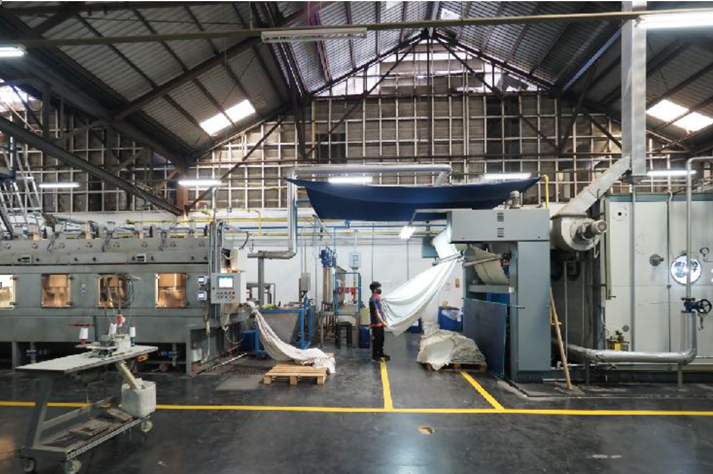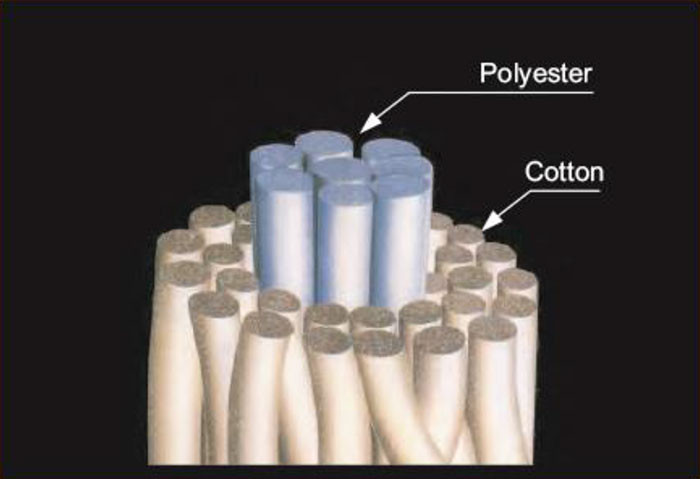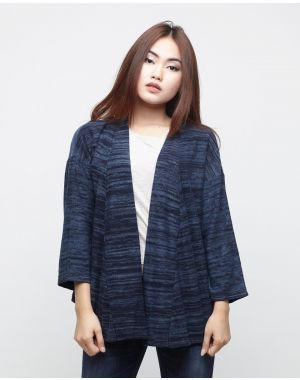Home / Article
Digital Printing and 5 Advantages for Textile and Fabric Production
18 August 2020 by Developer

Have you ever had a t-shirt with cool pictures or writings? Or do you have your favorite jersey? Now, some of the clothes we wear often use digital printing technology. But what is digital printing? What's its difference with the embroidery that we usually find on our clothes? And what are the advantages and the types? Here, we will thoroughly elaborate about digital printing.
Digital Printing
Digital printing in the textile world is a screen printing process using a digital machine or digital printer with a computer or control unit that can be operated by humans. In the past, the screen printing process on cloth was done manually using human hands and several prints, to draw or write something on textiles and fabrics. With the presence of this technology, the screen printing process can be more accurate, and it is not tiring for mass production as well. In addition, digital printing also makes it easier for the designers to describe the design to be printed.
Actually, there is still a debate whether or not to do the screen printing process manually, including digital printing, because the prints used are often made digitally.
Digital printing can use various types of paints such as rubber, plastisol, and pigments. Then there are several different techniques used such as the most commonly used Screen Printing technique, DTG Digital Printing, Heat Transfer Method, and Discharge Technique. We will discuss it more after knowing the difference between screen printing and embroidery.
Screen Printing vs Embroidery
Screen printing is a picture or writing on textile materials such as clothes, which are made from paint or vinyl. The screen printing process can be done manually or with a computer which is commonly called digital printing.
Embroidery, is an image or writing on textile materials which is a collection of seam rolls that form a wanted design. Embroidery has better strength and resistance than screen printing in general. However, in terms of design, embroidery cannot match the level of precision and accuracy of the screen printing model. Some models of screen printing on clothes also do not make the clothes thick and hot.
Types of Digital Printing
Screen Printing
This type is most often used today. In the past, the screen printing process used manual or human labor with several layers of printing that were used when applying some paint to the screen-printed textile materials. Several layers of the paint from several of these prints will then pile up and become a design for a particular image, writing or motif. In today's world, many manufacturers have replaced the entire process with robots and computers. This makes the processing faster, more accurate and precise, and less laborious. Basically, the manual and digital screen printing processes are the same, it only differs in who is operating.
Direct-to-Garment (DTG) Digital Printing
This technique best represents the words "digital printing" in the textile screen printing world. This technique is the easiest to describe. The textile material is inserted into the printer, then the printer will shoot the ink at the desired points according to the design on the textile material. This technology is new, but it has a very high level of precision and accuracy. The color produced from this technique is also very contrasting and luxurious-look. However, this technique is more expensive and it cannot produce as fast as other techniques can.
Heat Transfer Method
This digital screen printing technique is often found on sport uniforms. The digital processing in this technique includes printing vinyl designs which will then be pressed at high temperatures with a pressing machine. Often, these techniques still involve human labor, but many are completely computerized.
Discharge Technique
Basically, the discharge technique is a screen printing technique (screen printing or DTG) that uses a special bright paint (often white) which is used on dark fabrics. This paint uses a special chemical that makes the original color of the fabric fade and is replaced by the paint. This makes the screen printing blend with the fabric, as if the color of the textile material already has the design or motif without going through the screen printing process. However, the choice of paints and textile materials that can be used for this technique is very limited.
There are still many other techniques in the world of digital printing, but the examples above are some of the most commonly used techniques.
The Advantages of Digital Printing
After knowing the differences and various types of digital printing, let's talk about the advantages that digital printing has in textile and fabric production.
- The Process is Precise and Accurate
Digital printing has a high level of precision and accuracy because it is computerized. This, of course, beats the level of precision in embroidery techniques. The process is also more precise and accurate compared to manual screen printing. - The Resulting Color looks Crispy
The color produced by the digital printing will look more luxurious than the embroidered thread. - The process is fast and It is not tiring for mass production
For mass production, digital printing techniques are unsurpassed. This process is fast and unlike the manual screen printing which requires a level of concentration and physical strength from humans. - It is for Long Term, and Cheaper
Yes, buying digital printing equipment requires a fairly high cost. However, this can be an investment, because in long term use, digital printing tools can produce more and at less cost. Manual screen printing also often uses more waste than digital screen printing. Ya, untuk membeli peralatan digital printing dibutuhkan biaya yang lumayan tinggi. - It is durable and it does not make clothes thick and hot
Talking about durability, it will depend on the users. However, as time goes by and the technology is advanced, digital printing has a durability that can surpass embroidery. Remember that there are digital printing products that can be ironed and some can't. Make sure you don't accidentally damage the screen printing.
Likewise with the thickness and nature of the paint that covers the pores of the fabric, today's digital printing technology makes the products more comfortable without making the clothes thick and hot when they are worn.
Digital printing can be an option for those who want to look cool or make certain motifs on textile materials. The development of digital printing technology also makes screen printing which is less desirable becomes more popular.
Search
More Article

High Quality & Functional Comfortable Material PALPA
11 January 2022 by Developer

ABY TM KAPOK
11 January 2022 by Developer

Digital Printing and 5 Advantages for Textile and Fabric Production
18 August 2020 by Developer

Uniform or Casual Clothes? 3 Workplace Dressing Tips
18 August 2020 by Developer